This recipe produces a moist, flavorful gluten-free banana bread made with almond flour and ripe bananas, perfect for those with celiac disease, gluten sensitivity, or anyone seeking a healthy, low-glycemic alternative. It’s naturally sweetened, rich in fiber, healthy fats, and potassium, making it a nutritious option for breakfast or snacks.
Ingredients (for 1 loaf, 8-10 servings)
- Almond flour: 2 cups (200 g)
- Ripe bananas: 3 medium (about 360 g, mashed)
- Eggs: 3 large (150 g approx.)
- Coconut oil: 1/4 cup, melted (60 ml)
- Maple syrup (optional, for added sweetness): 1/4 cup (60 ml)
- Ground flaxseeds: 2 tablespoons (15 g)
- Psyllium husk powder: 1 tablespoon (5 g)
- Baking soda: 1 teaspoon (5 g)
- Cinnamon: 1 teaspoon (2 g)
- Sea salt: 1/2 teaspoon (2 g)
- Vanilla extract: 1 teaspoon (5 ml)
- Chopped walnuts (optional, for texture): 1/2 cup (60 g)
Equipment
- Loaf pan (22 x 12 cm or 9 x 5 inches)
- Parchment paper
- Large mixing bowl
- Fork or potato masher (for bananas)
- Whisk or mixer
- Oven
Preparation Time
- Prep time: 15 minutes
- Baking time: 50-55 minutes
- Total time: Approximately 1 hour 10 minutes
Detailed Instructions
- Preheat the oven: Set the oven to 175°C (350°F). Line the loaf pan with parchment paper to prevent sticking.
- Mash bananas: In a large bowl, mash the ripe bananas with a fork or potato masher until smooth.
- Mix wet ingredients: Add the eggs, melted coconut oil, maple syrup (if using), and vanilla extract to the mashed bananas. Whisk until well combined.
- Mix dry ingredients: In a separate bowl, combine almond flour, ground flaxseeds, psyllium husk powder, baking soda, cinnamon, and sea salt. Stir to ensure even distribution.
- Combine mixtures: Gradually add the dry ingredients to the wet mixture, stirring with a spatula until a thick batter forms. Fold in chopped walnuts if desired.
- Transfer to pan: Pour the batter into the lined loaf pan, smoothing the top with a spatula.
- Bake: Bake for 50-55 minutes, or until a toothpick inserted in the center comes out clean and the top is golden brown.
- Cool: Allow the bread to cool in the pan for 10 minutes, then transfer to a wire rack to cool completely before slicing.
Nutritional Information (per slice, approx. 80 g, without walnuts)
- Calories: 210 kcal
- Protein: 6 g
- Fat: 15 g (of which 5 g are saturated fats, primarily from coconut oil)
- Carbohydrates: 14 g (of which 3 g are fiber, 7 g are natural sugars from bananas)
- Sodium: 160 mg
- Potassium: 220 mg
- Glycemic index: Low (~40-50)
Note: Nutritional values may vary depending on ingredient brands and optional ingredients like maple syrup or walnuts.
Health Benefits
- Gluten-free: Suitable for individuals with celiac disease or gluten sensitivity, as it contains no wheat or gluten-containing grains.
- High in fiber: Psyllium husk and flaxseeds support digestive health and promote regular bowel movements (Reference: McRorie, 2015, Journal of the American Association of Nurse Practitioners).
- Rich in potassium: Bananas provide potassium, which supports heart health and muscle function (Reference: Stone et al., 2016, Journal of the American College of Cardiology).
- Healthy fats: Almond flour and coconut oil offer monounsaturated and medium-chain fatty acids, beneficial for cardiovascular and brain health (Reference: Eyres et al., 2016, Nutrition Reviews).
- Low glycemic index: The combination of almond flour and bananas helps maintain stable blood sugar levels, making it suitable for low-carb or diabetic-friendly diets (Reference: Paoli et al., 2013, European Journal of Clinical Nutrition).
Tips
- Storage: Store in an airtight container in the refrigerator for up to 5 days or freeze slices for up to 3 months.
- Substitutions: Replace coconut oil with olive oil for a different flavor, or swap maple syrup for honey if preferred.
- Ripeness of bananas: Use very ripe bananas (with brown spots) for maximum sweetness and moisture.
- Texture: Psyllium husk provides structure; do not omit it for best results.
Scientific References
- McRorie, J. W. (2015). Evidence-based approach to fiber supplements and clinically meaningful health benefits. Journal of the American Association of Nurse Practitioners, 27(7), 360-367. DOI: 10.1002/2327-6924.12203
- Eyres, L., Eyres, M. F., Chisholm, A., & Brown, R. C. (2016). Coconut oil consumption and cardiovascular risk factors in humans. Nutrition Reviews, 74(4), 267-280. DOI: 10.1093/nutrit/nuw002
- Paoli, A., Rubini, A., Volek, J. S., & Grimaldi, K. A. (2013). Beyond weight loss: A review of the therapeutic uses of very-low-carbohydrate (ketogenic) diets. European Journal of Clinical Nutrition, 67(8), 789-796. DOI: 10.1038/ejcn.2013.116
- Stone, M. S., Martyn, L., & Weaver, C. M. (2016). Potassium intake, bioavailability, hypertension, and glucose control. Journal of the American College of Cardiology, 68(4), 397-408. DOI: 10.1016/j.jacc.2016.05.040

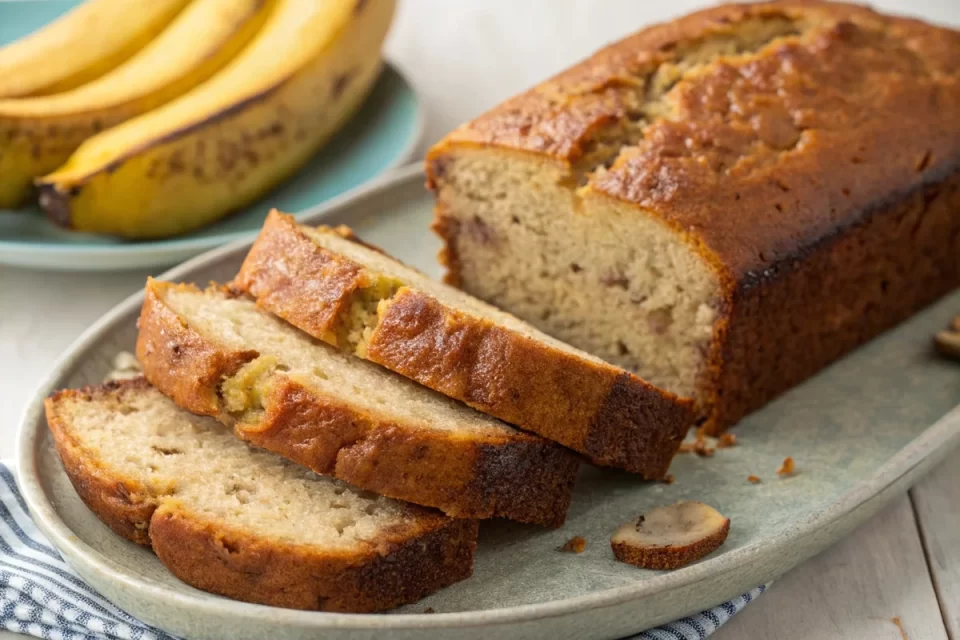
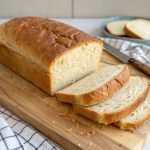
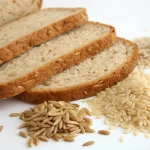
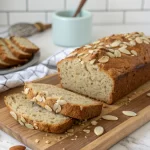
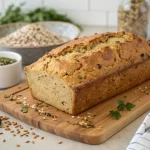
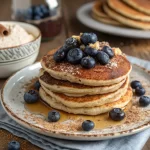
0 comments on “Banana Bread”Add yours →